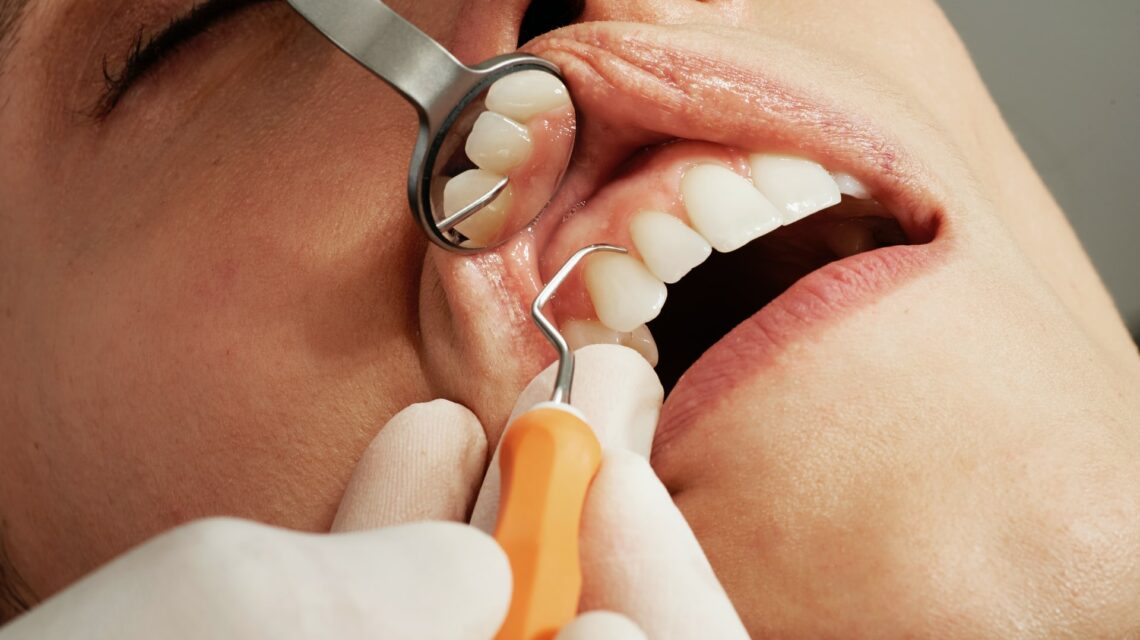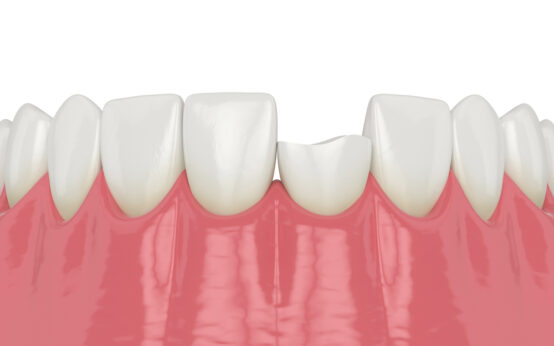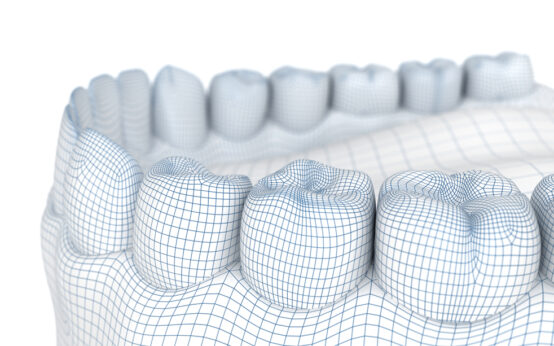Have damaged teeth? If so, you might consider restorative dentistry. Dental bonding is a quick and convenient procedure involving the shaping and bonding of composite resin and tough plastic to a tooth. The process can restore damaged teeth without requiring multiple dental visits or a long recovery period. Another option is inlays or onlays, which preserve the natural tooth structure and are more durable than direct fillings. Inlays and onlays require multiple dental visits but can last for years.
Table of Contents
Dental fillings
A healthy smile requires work to maintain its natural appearance. Dental fillings are one of the most common forms of restoration. Fillings can be made of a variety of materials and can be a great way to stop decay in its tracks. These fillings can last anywhere from 10 to 15 years. However, they do not have as many benefits as crowns. Listed below are some of the advantages of dental fillings.
Composite resin: Unlike amalgam, composite resin fillings are more aesthetically pleasing. The filling material matches the surrounding teeth. The composite material is bonded to the tooth, making it stronger and preventing it from breaking. Composite fillings are also more durable than amalgam fillings because they do not have any metal. They also wear like a natural tooth. Composite fillings are also less invasive than amalgam fillings.
Indirect fillings: These fillings are used when a cavity is large enough to cause substantial tooth structure loss. A mold of the cavity is made in a lab and then fitted in the patient's mouth. Typically, tooth-colored inlays and onlays are used in indirect fillings. Both types of fillings require the dentist to be very careful to prevent problems during the final restoration.
Dental crowns
Dental crowns are the primary structure for supporting bridges or dentures. Crowns are usually made from ceramic, porcelain, or metal alloys, depending on the circumstances. These materials vary in their translucency and aesthetic properties. The dentist will consider the tooth's position and the surrounding teeth when selecting a material. Generally, the crown should be shaped and sized to fit the tooth. For aesthetic reasons, ceramics are often chosen for this procedure.
When teeth are severely decayed or cracked, they may require a restoration. These teeth are vital to the health and appearance of the face, and their absence or decayed state can affect how people smile. Fortunately, there are a variety of options available for restoring teeth. Dental crowns are an excellent option when a tooth is severely cracked or decayed. They can prevent other teeth from shifting and can help keep your jaw and bite in good alignment.
CAD cameras and stone models are useful in making crowns. They eliminate human error and increase the accuracy of crowns. Additionally, CAD cameras and software ensure the accuracy of crown placement. CAD cameras are especially helpful when a dentist needs to perform multiple crown procedures. Aesthetics is another factor that must be considered in the planing process. Once the plan has been determined, the crown can be fitted. If a patient has an inclination toward porcelain, a crown may be placed in the opposite position, creating a gap between the two.
Dental implants
If you have missing teeth, you may wonder what the next step is. The process of replacing a missing tooth involves a procedure called dental implant restoration. The dental implant is placed into the jawbone and attached to the abutment. A dental crown is then placed on the implant, looking just like a natural tooth. While there are two ways to attach a dental crown to an implant, cemented crowns look more natural and have no screws.
While traditional tooth replacement methods don't mimic the look and feel of a natural tooth, dental implants are a great solution for missing teeth. This prosthesis is a titanium post that replaces a missing tooth. Since titanium is considered the most biocompatible metal, it responds to body tissues well. Once implanted, bone tissue will fuse to the titanium post and integrate with its structure. Once this process is complete, the replacement teeth are permanently cemented into place.
Patients who are missing teeth are most likely to experience them in the lower jaw, where most dental caries, apical diseases, and gum disease occur. Fortunately, dental implants are able to be placed in most positions, as long as the bones in the position of the tooth loss are healthy. The size of the implants used in these cases is approximately four to six millimeters in diameter and 8.5 to 13 millimeters in length.
Veneers
In many cases, dental veneers are a viable option to correct a damaged tooth. These treatments are ideal for addressing issues ranging from cosmetic to dental. A veneered tooth can improve the overall appearance of your smile and can be an excellent option to fix cosmetic problems that prevent you from smiling confidently. However, there are some things you should keep in mind before deciding if veneers are right for you.
If you think you might benefit from veneers, schedule an initial consultation with a dentist. The dentist will examine your smile and explain all the options available to you. Then, he will take X-rays and impressions of your teeth. This step will ensure that your veneers will fit properly. Veneers will adhere to your teeth more securely when you smile, and you will be able to enjoy a healthier and more attractive smile without the hassle of braces.
A comprehensive search of dental literature was conducted. The journals PUBMED, MEDLINE, and Scopus were used for this purpose. The choice of preparation design is largely dependent on clinician preference, but an incisal overlap preparation was found to produce the best aesthetic results. On the other hand, composite veneers are less durable than their porcelain counterparts. The research presented here is only a partial summary of the available data.
Inlays/Onlays
If you have a large cavity, you may want to consider getting inlays or onlays. Both procedures involve covering the cavity with a material that is similar to the shade of your natural teeth. While fillings use a material such as amalgam or composite, inlays are made from a porcelain material that is designed to look like your natural tooth. They can be made in one visit. But the process is more complicated than you might think.
First, Dr. Abide will conduct a thorough examination and take x-rays of the tooth to assess the severity of the decay. He will also check the tooth's overall structure, including its alignment and shape. If it is sound, Dr. Abide may recommend a dental implant to restore it. The dentist may also recommend this treatment for other patients. The benefits of inlays/onlays are many, and you'll be glad you chose this option.
Inlays/onlays are a popular treatment option for filling cavities. They are similar to crowns, except they do not completely cover the tooth's surface. Onlays are more conservative than crowns, and they are often preferable cosmetically. If you're worried about a tooth-colored crown, you might be better off with inlays. And, in the long run, an inlay will be less expensive.
Root canals
A root canal can save a damaged tooth, especially those with a diseased nerve. It is a quick, relatively painless procedure that usually only requires a single office visit. Because the nerve only controls sensation, it is not a functional part of the tooth. During this procedure, you will be given a local anesthetic and instructed to take painkillers such as ibuprofen to help manage any pain. In the days following your root canal procedure, you should continue to practice proper oral hygiene, such as brushing and flossing.
If you have a severely decayed or infected tooth, your dentist may recommend a root canal procedure to save the tooth. Signs include severe pain during eating, pressure around the tooth, sensitivity to hot and cold, or an appearance of a small bump at the root of the tooth. Despite this stigma, root canals are a common dental procedure and can be performed without much pain. However, you should not be afraid of this procedure, as the dentist will use an anesthetic and state-of-the-art technology to make the process pain-free.
The recovery process following root canal therapy is usually quite uncomfortable. You should limit your diet to soft foods to avoid disturbing the area around the root canal. You should also try to get plenty of rest after your procedure. If you feel any pain or sensitivity, contact your dentist as soon as possible. Your dentist may recommend additional treatments if the symptoms persist. In most cases, you will need two visits to get a root canal.
Sources:



 How a Dentist Can Fix a Chipped Front Tooth
How a Dentist Can Fix a Chipped Front Tooth  Ways to Fix Craze Lines Without Braces Or Root Canals
Ways to Fix Craze Lines Without Braces Or Root Canals  Are Temporary Veneers Worth the Trouble?
Are Temporary Veneers Worth the Trouble?  Dental Implants and Bonding As Treatments For Chipped Teeth
Dental Implants and Bonding As Treatments For Chipped Teeth  Dental Implants Vs Dentures – The Pros and Cons
Dental Implants Vs Dentures – The Pros and Cons  Porcelain Teeth and Veneers
Porcelain Teeth and Veneers